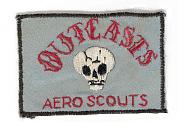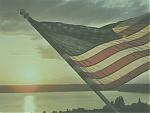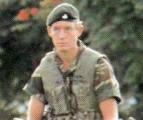The strategy of the major U.S. and British military offensive in Afghanistan's Helmand province aimed at wresting it from the Taliban is based on bringing back Afghan army and police to maintain permanent control of the population, so the foreign forces can move on to another insurgent stronghold.
But that strategy poses an acute problem: The police in the province, who are linked to the local warlord, have committed systematic abuses against the population, including the abduction and rape of pre-teen boys, according to village elders who met with British officers.
Anger over those police abuses runs so high that the elders in Babaji just north of Laskgar Gah warned the British that they would support the Taliban to get rid of them if the national police were allowed to return to the area, according to a Jul. 12 report by Reuters correspondent Peter Graff.
Associated Press reporters Jason Straziuso and David Guttenfelder, who accompanied U.S. troops in Northern Helmand, reported Jul. 13 that villagers in Aynak were equally angry about police depredations. Within hours of the arrival of U.S. troops in the village, they wrote, bands of villagers began complaining the local police force was "a bigger problem than the Taliban".
















Bookmarks